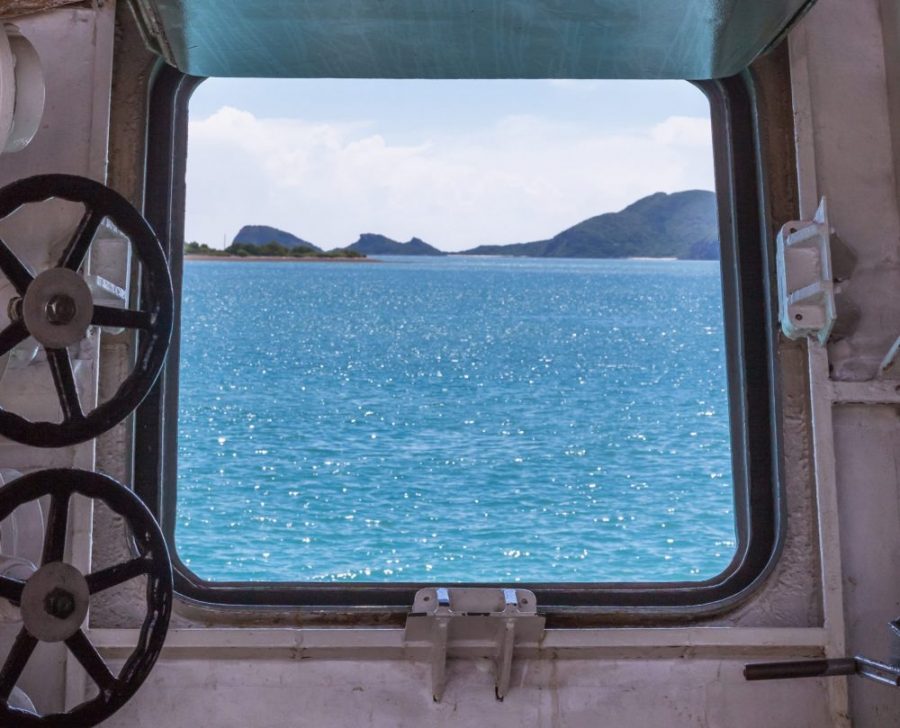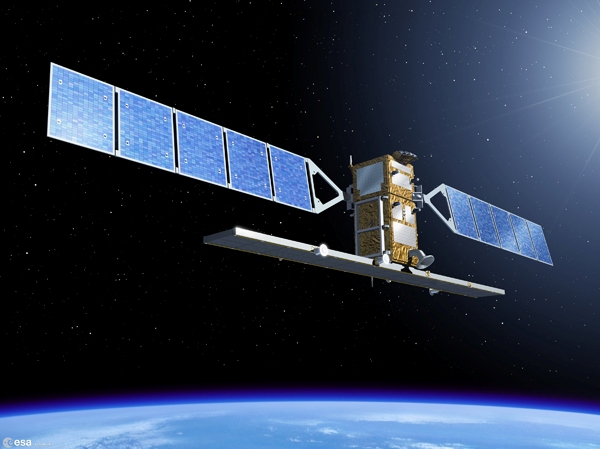Seabed sensors and mapping: what China’s survey ship could be up to

Civilian exploration may be the official mission of a Chinese deep-sea research ship that sailed clockwise around Australia over the past week and is now loitering west of the continent. But maybe it’s also attending to naval duties.
These could have included laying or servicing seabed acoustic sensors and possibly detailed mapping of parts of the ocean floor to support future submarine operations.
Open-source tracking data enables such educated guesses to be made, without discounting the possibilities of economic and scientific data-gathering.
The ship, Tansuo Yi Hao (Exploration 1) took a similar route around Australia in January 2023, investigating 1100km of the Diamantina Trench over 34 days. China’s state media later said this was the first time the bottom of the trench had been reached. The ship carries a crewed submersible, the Fendouzhe (Striver), capable of long-duration forays to the seabed in depths exceeding 10,000 metres.
As in 2023, rather than proceeding directly home from New Zealand, where it was conducting joint activities with a partner institution, the ship has again undertaken a long deviation around Australia. Its transitory presence in the Bass Strait and inside Australia’s 200 nautical mile exclusive economic zone (EEZ) was nonetheless permissible under international law, as long as the ship undertook no commercial survey activity and maintained continuous passage, showing ‘due regard’ to the coastal state.
However, speculation quickly grew that Tansuo Yi Hao could be gathering intelligence on Australia’s seabed cables. When questioned by media about its presence, Prime Minister Anthony Albanese said he ‘would prefer that it wasn’t there’.
Tansuo Yi Hao subsequently stayed mostly outside of the EEZ as it traversed the Great Australian Bight. Nor did it appear to loiter before reaching the Diamantina Trench, about 1100km off the Western Australian coast and well beyond Australia’s maritime jurisdiction.
Given the inherently dual-use nature of China’s marine scientific research assets, it would be prudent to assume that Tansuo Yi Hao and the submersible are subject to some level of military tasking. They belong to China’s Institute of Acoustics, which according to its own website has ties to the armed forces, dating back decades.
Sending a survey ship around Australia is less obviously coercive than similarly deploying a naval task group, as Beijing did in February and March, and China’s survey vessels are more common near Australia than generally known. But the passage is a further demonstration of China’s growing strategic reach and interest in operating beyond the first island chain.
According to automatic information system data from Starboard Maritime Intelligence, Tansuo Yi Hao has paused daily for 12 to 17 hours over the Diamantina Trench since 6 April. This is consistent with the reported underwater endurance of Fendouzhe of up to 15 hours. During that time, Fendouzhe could have deployed new devices or serviced acoustic arrays already on the seabed near the trench. The sensors could gather valuable military intelligence about signatures of ships that pass them.
The Diamantina Trench is too far away to be of obvious use for monitoring the approaches to HMAS Stirling, Australia’s sole submarine base and the main hub for future combined Australian, British and US submarine operations under AUKUS. It is also too deep for submarine operations. However, China reportedly has developed deep-sea surveillance networks that can operate in the extreme pressures of ocean trenches and use acoustic characteristics of the trenches to detect sounds from as far away as 1000km, including from passing ships and submarines. Listening devices are said to be attached to a seabed cable that is connected to a small buoy that in turn serves as a battery power source and relay for satellite communications. Around a decade ago, two arrays were reportedly laid in deep sea trenches near Guam and near Yap, an island in the Federated States of Micronesia. Since then, China’s sensing technology has continued to advance at an impressive pace.
The survey ship’s return visit to the Diamantina Trench after two years could be associated with a need to service or replace equipment and collect data gathered since 2023. Unfortunately, Australia has very limited capabilities for monitoring the seabed beyond its continental shelf, so it would likely be none the wiser if Tansuo Yi Hao deployed seabed devices during its current visit—or two years ago, for that matter.
To be sure, China’s deep-sea survey expeditions have economic and prestige motivations, which may even be preponderant. However, it would be foolhardy to discount the possibility that Tansuo Yi Hao and other specialised survey vessels are also used to support China’s naval ambitions.
China’s navy is probably interested in seabed mapping for its own future submarine operations, and while submersibles are able to map only limited areas, with emerging technologies they can do so in impressive detail.
In the public domain at least, it remains unclear whether Chinese submarines have previously operated south of Australia. But Tansuo Yi Hao’s two recent survey expeditions, taken together with China’s recent warship transit south about Australia, suggests Beijing’s strategic interest in Australia’s southern seaboard is rising. This is no surprise given the growing strategic importance of HMAS Stirling.
Australia must understand that China is paying it greater attention, in strategic terms, as a result of the AUKUS initiative and the developing footprint of the US force posture here. This is likely to motivate a more regular Chinese maritime presence in our vicinity, comprising not only military assets but dual-use capabilities such as survey ships. Assuming otherwise would be akin to burying our heads in the sand.



